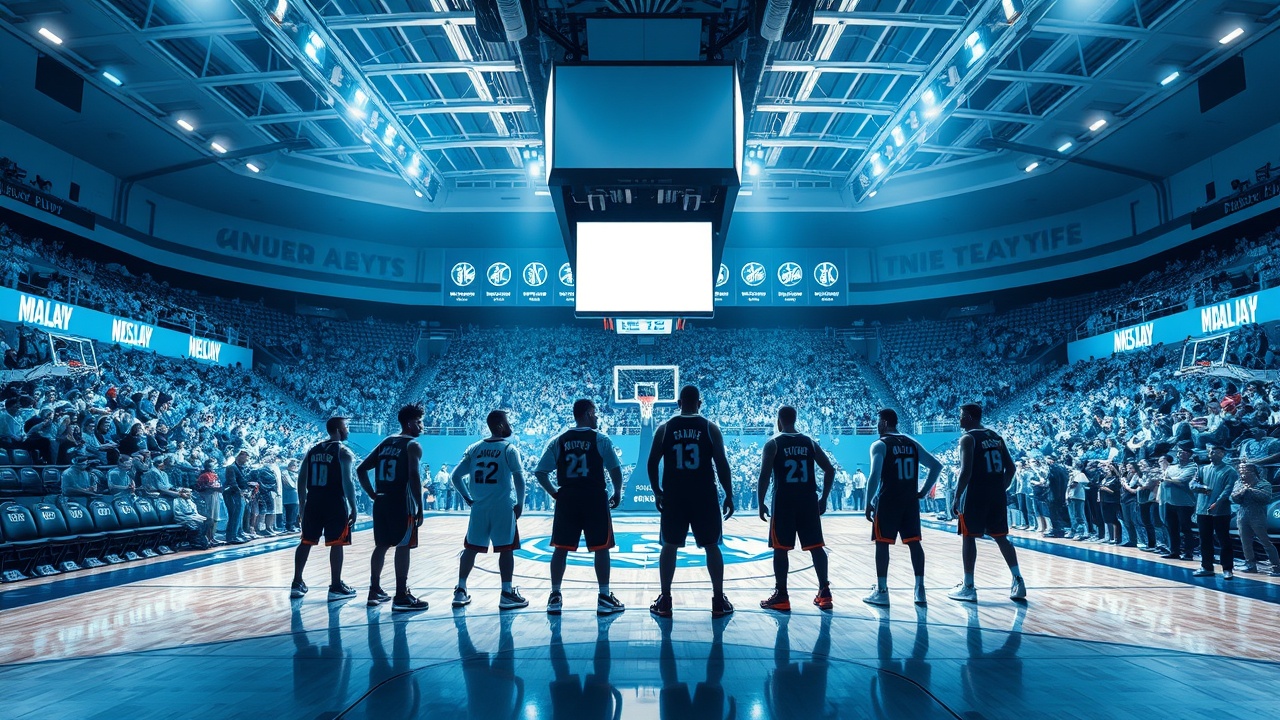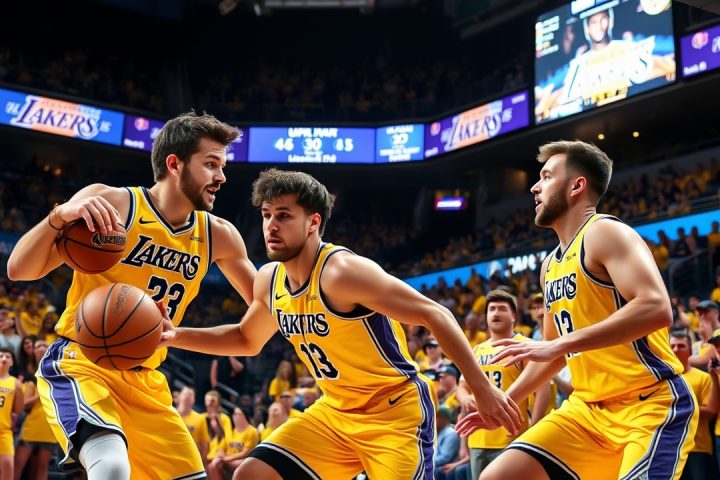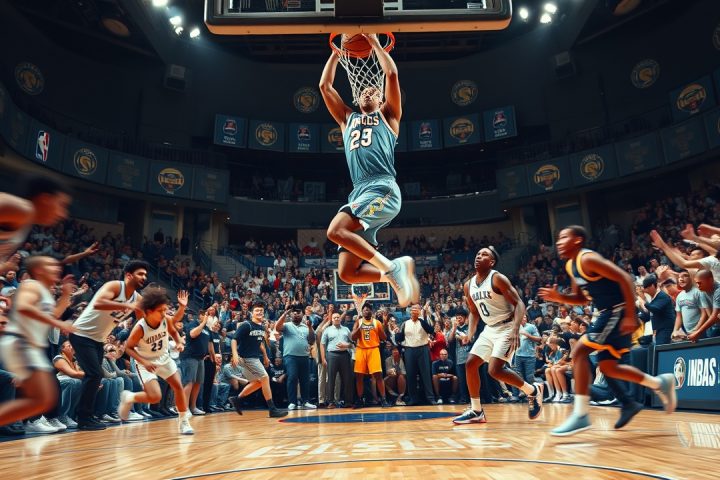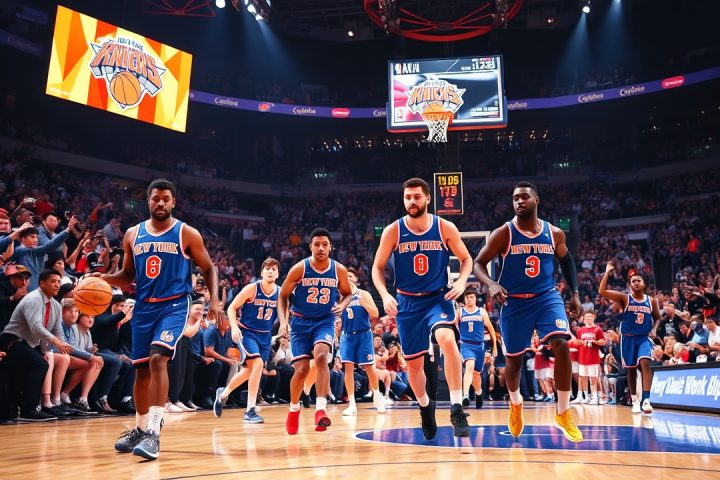Las Vegas Summer League Overview
LAS VEGAS — The phrase, “What happens in Vegas, stays in Vegas,” highlights an assumption that memorable events will indeed occur, but the narrative unfolding at the Las Vegas Summer League suggests a stark contrast. Unlike the city’s reputation for excitement, this year’s Summer League has seen minimal action, with significant player movements stalled and most top emerging talents participating in only a brief number of games.
Historical Context and Current Inactivity
Historically, this event has been a pivotal moment for player trades and signings, with notable transactions like the trade of Chris Paul for Russell Westbrook just six years ago; however, this year, the inactivity has been palpable. Since the Summer League commenced on July 10, the notable player signings have largely been limited to the occasional two-way contracts and minor deals that had already been announced.
Traditionally seen as a recruitment hub, the Summer League’s allure has diminished, with executives overwhelmed by individuals eager for positions within NBA teams. Many front office personnel appear to be delaying critical staffing decisions, opting to decompress from another hectic NBA season before committing to new hires.
Damian Lillard’s Contract and Future
Nonetheless, intriguing discussions did emerge concerning notable transactions. While I departed Las Vegas just before the Portland Trail Blazers finalized their agreement to re-sign Damian Lillard for three years at $45 million, conversations surrounding the decision were widespread. Lillard’s return to the Blazers is straightforward; he remains a beloved figure in Portland, and his contract includes beneficial terms such as a no-trade clause and a player option for a future lucrative free agency.
Unfortunately, Lillard’s bright return is clouded by the challenging context of his recovery from a torn Achilles tendon, which will take the entirety of the 2025-26 season. Despite this, he stands to collect a substantial total of approximately $64 million over the next two seasons, although some of that will offset a previous deal with the Milwaukee Bucks. When analyzing the nature of this contract, the prospect of Lillard’s comeback season in 2026-27 raises concerns, particularly as he approaches the age of 36 post-injury.
Simultaneously, there’s confusion about how these big-name acquisitions fit into a Blazers roster that is largely in a rebuilding phase. With substantial contracts now tied to Lillard, as well as to Jerami Grant and Jrue Holiday, Portland’s financial commitments for the upcoming years seem set to consume over half of their salary cap.
Speculation on Team Sales and Expansion
On top of the strategic implications for the team, the atmosphere in Las Vegas also fostered speculation about the potential sale of the Blazers. The choice to draft Chinese center Yang Hansen and the recent moves to add Lillard and Holiday sparked debate about whether these decisions are purely basketball-driven or influenced by the prospect of attracting a buyer.
As teams evaluate their strategies, uncertainty looms. Analysts consider that despite the clarity of Lillard’s signing, the long-term implications may not favor the Blazers’ quest for competitive success. This decision risks compromising their cap space and future flexibility, especially if younger talents like Scoot Henderson do not develop as hoped.
Broader Themes and Future Considerations
Outside of Lillard’s renewal, discussions at the Summer League also revolved around various aspects of NBA organization, such as expansion initiatives. The recent Board of Governors meetings hinted at a slow approach to expansion, focused instead on ensuring substantial return on any new teams—once expanded, there can be no retraction. Analysts speculate that the league may still be strategizing for future growth in international markets, particularly in Europe, indicating that expansion talks, while deferred, remain on the table.
Of course, conversations regarding LeBron James were inevitable, especially considering his choice to remain with the Lakers for another year. His apparent hesitance to embrace a trade, especially to a team like the Mavericks, raised eyebrows, particularly in light of the potential for teaming with former colleagues like Kyrie Irving. However, financial implications weigh heavily on any decisions regarding changes in team affiliation, as seeking a new contract would mean forfeiting his large current salary.
Meanwhile, the Phoenix Suns have shifted strategies, having bought out Bradley Beal and intentionally reducing their expenditures after recent ownership changes. This adjustment in financial management aims to circumvent luxury tax implications, but the long-term consequences of past costly decisions continue to shadow the franchise.
Overall, the Las Vegas Summer League has revealed more about broader themes in team management, strategic thinking about beloved players, and the complexities of league expansion, while still preserving an air of intrigue around how these narratives will unfold in the upcoming NBA season.




